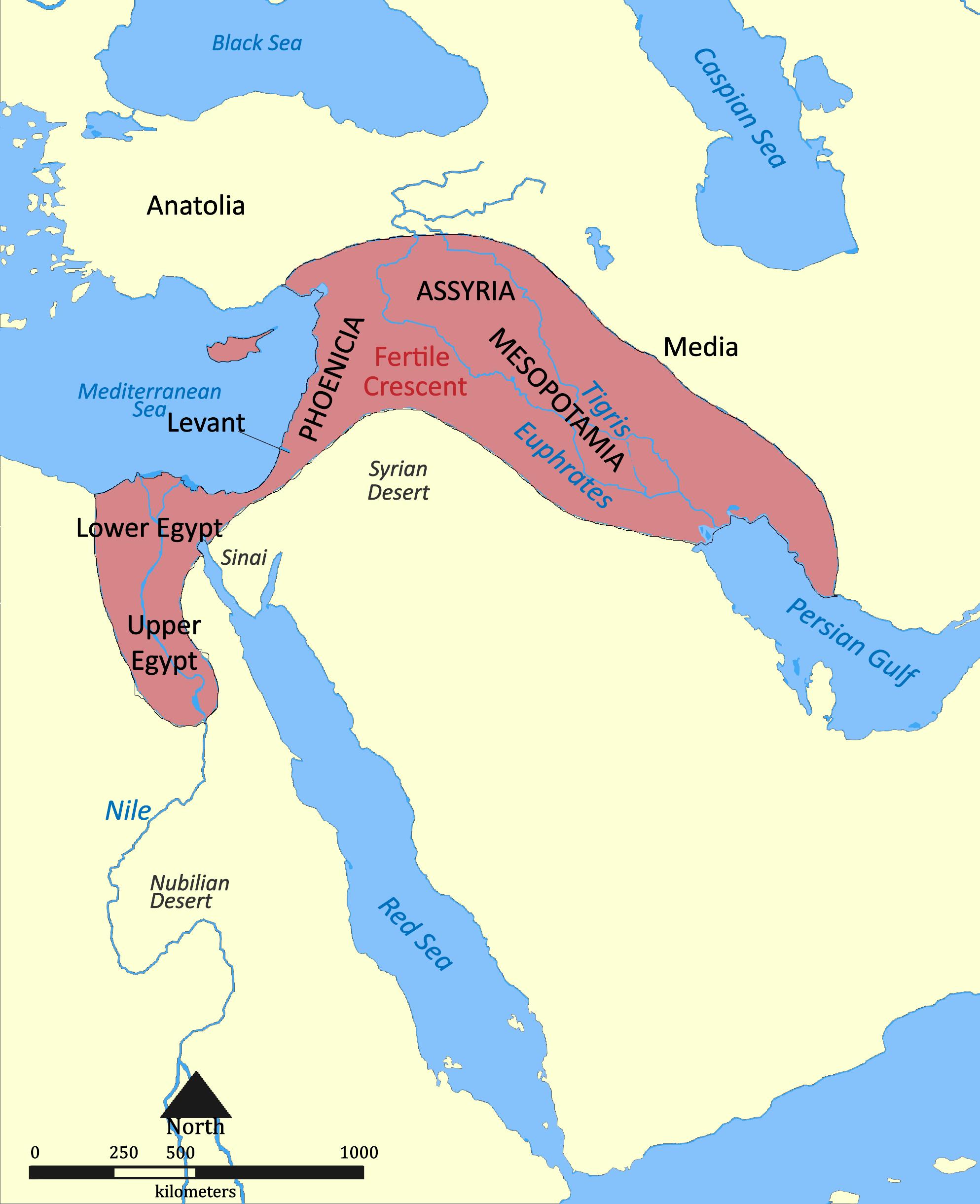Books - Read and Enjoyed
Fruit from the Sands - The Silk Road Origins of the Food We Eat,
by Robert N. Spengler III
University of California Press, 2019
The grains and legumes, fruits and vegetable, nuts and spices that we eat today, are the result of 10000 years of coevolution with humans on all continents, but mainly across Asia. R. N. Spengler traces the origins of our common food on the Asian contient from East Asia to the Mediterranean.
We learn that Broomcorn Millet (Rispenhirse) and Foxtail Millet (Kolbenhirse) have grown wild across much of central and south western Asia but have probably been domesticated in the Yellow River planes of Northern China in the 6th millenium BC. From there they spread through central Asia and arrived in Eastern Europe in the 2nd millenium BC. It was "arguably the most influential crop of the ancient world", and "became the crop that turned the chariot wheels of the Roman empire and fed Eastern Europe".
Rice has been domesticated one and a half times: First, in the 7th mellenium BC in the Yangtse River valley. A different variaty, with longer grain shapes, has been domesticated in India, perhaps the Ganges region. While these two rice varieties, the rounder Chinese and the longer shaped Indian, have developed separately with a common ancestor between 86 000 and 200 000 years ago, they share genes, that carry the traces of domestication. So probably the domesticated Chinese rice has hybridized with the Indian rice during the latter's domestication process.

Like barley (Gerste) wheat has an even longer history under human dominion. Both have been domesticated before the 8th mellenium in the Fertile Crescent (Fruchtbarer Halbmond) of West Asia. Wheat, like all other plants discussed in this book, does not have a linear or tree-like genetic development. Because of frequent hybridization today's modern varieties are more the result of a web-like development with partially shared and partially independent gene pools. Hybridization means that different parent varieties, that have long developed separately, merge again leading to novel combinations of genes and attributes. Sometimes, when two parents are so different that their chromosomes cannot even match up correctly during reproduction, the chromosomes may be completely duplicated, so that the offspring has a full set of chromosomes from both parents. Such an offspring is called duploid. Of the five distinct forms of modern wheat, two are diploid, two are tetraploid and one is hexaploid. The latter one is today the preferred ingredient for bread because it has a higher proportion of gluten.
There exists an astonishing variety of legumes (Hülsenfrüchte) some of which have been independently domesticated in the Americas, China, South Asia and South West Asia. The earliest domestication of beans, peas, chick peas, grass peas, bitter vetch, fava beans and lentils happend also more than 10 000 years ago in the Fertile Crescent. Together with grains such as wheat and barley they form the founder crop complex.
The histories of apples, grapes, lemons, nuts, leafy vegetables, spices, oil fruits and tea are similarly interesting. They all have been domesticated once or several times in China, South, Central or Western Asia and then moved with velocities of 1000km/century to 1000km/millenium across the continent to become popular at some other corner of the ancient or the modern world. E.g. millet hass originated in China's northern plains and has then a few thousand years later provided the fuel for the Roman empire. Wheat has emerged in Western Asia to become the most important grain in Northern China used in dumplings and noodles. Millenia later the latter has been integrated in Meditaranien kitchen to become a hallmark of Italian culture and identity.
So after thousands of years of develoment, domestication, and migration the food we are used today is truely global originating from all continents and all corners of the planet.
(AJ February 2020)
